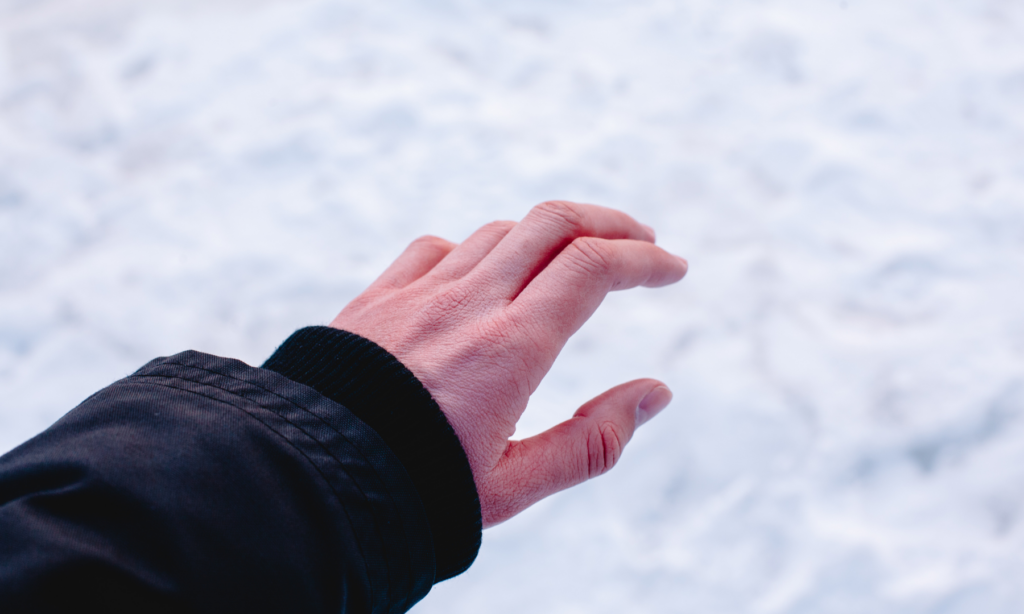As we reached the end of November, Hungary had its first snowfall of the season. A considerable amount of snow blanketed the capital city, Budapest, on November 30th. Onlookers were quick to share photos and videos of the snow-covered streets on social media, with many showing excitement, especially those experiencing snow for the first time. With the Christmas markets and ice-skating rinks getting busier and busier as the holidays are creeping in, many Hungarian cities and towns are looking more like winter wonderland. From holiday shopping to ski trips, there are many activities to look forward to this winter season. However, we must take precautions when spending time outdoors as the weather becomes teeth-chattering cold. Exposure to freezing temperatures can cause a dangerous injury called frostbite, which can damage the skin, nerves, and blood vessels and can be life-threatening.
Frostbite occurs in stages, which determines its severity. Although it can happen in any part of the body, it is important to pay close attention to your extremities, such as the hands, feet, ears, nose, and lips. Prolonged exposure to cold temperatures can cause pain and numbness, putting you at risk for frostbite and hypothermia. The first stage is frostnip, where your skin might turn red or purple and feel cold, accompanied by a slightly painful, tingling sensation, but does not cause permanent damage. The second stage is superficialfrostbite, which requires medical attention. You might feel “pins and needles” due to the water under your skin turning into ice crystals. After rewarming, the affected area can be painful and have bruise-like spotty patches, which can peel or feel like a sunburn. Finally, severefrostbite can affect the deeper layers of the skin, damaging your subcutaneous tissue and causing numbness. You might find the affected area difficult to move or experience a loss of function. If symptoms set in, seek immediate medical attention. Blisters may form a couple of days after getting a frostbite. In extreme cases, the affected area might turn black (necrotize) and fall off or need to be surgically removed.

The process of getting a frostbite is dangerous because many people do not realize they have it. Since the nerves are affected by the freezing temperatures, you might not notice the symptoms until you are indoors. You are putting yourself more at risk if you are exposed to cold temperatures with wet skin or clothes since it can draw out your body faster. It is also safer to avoid the outdoors when there are strong, cold winds. If you experience frostbite, you can do the following to prevent worsening your conditions: (1) remove cold weather gear or wet clothes as well as jewelry like rings and watches since it can decrease circulation in the affected areas, (2) place the affected area in warm water (not hot) for a slow rewarming process, (3) cover the frostbitten area with a clean cloth or blanket but avoid wrapping it tightly or moving it too much while it thaws.
If the skin of the affected areas is showing signs of impairment, like blisters and discoloration, it is important to seek medical help as soon as possible. The best way to deal with frostbite is to take extra precautions before going outdoors. It is important to dress appropriately. During the winter months, layering and wearing protective clothing that can keep you warm and dry is one of the best ways to avoid frostbite. Not only do you need a good winter jacket, but also gloves, boots, and a wool or fleece hat (earmuffs) since frostbite tends to target these areas first. Make sure that snow does not enter your boots and clothing because it can get you wet and increase your risk for cold injury. Always stay hydrated when spending time outdoors. Pay close attention to your body in case symptoms occur.
Roselle Torres
If you found the article interesting, I also recommend this:




